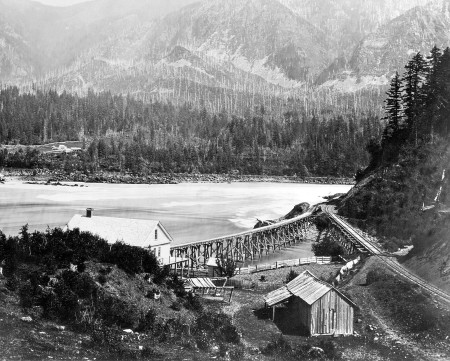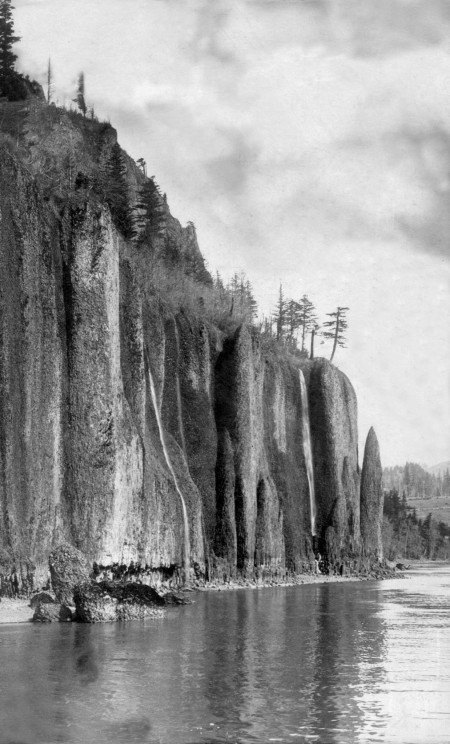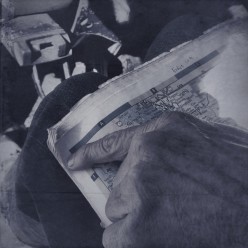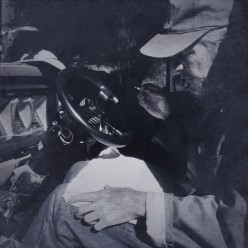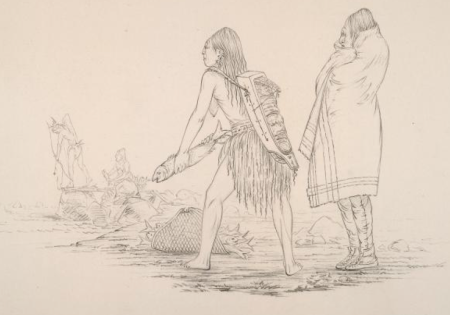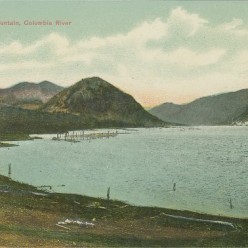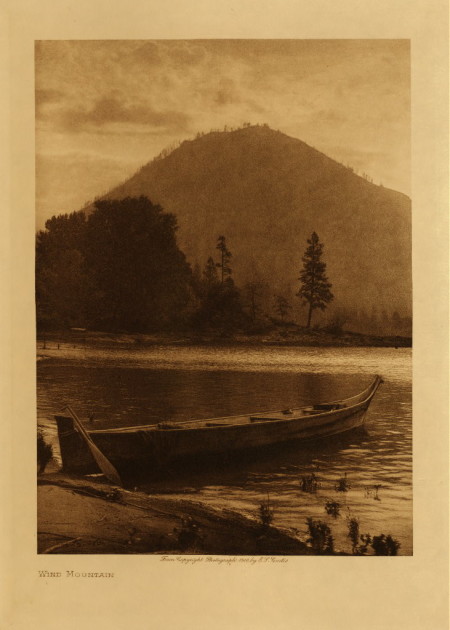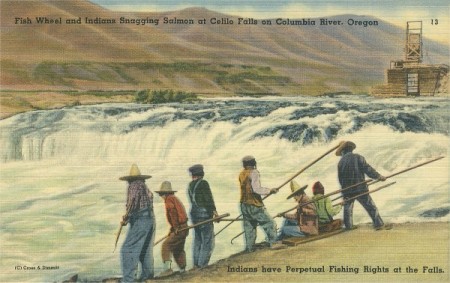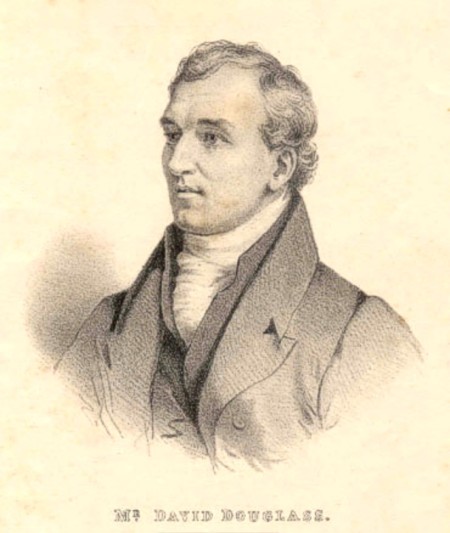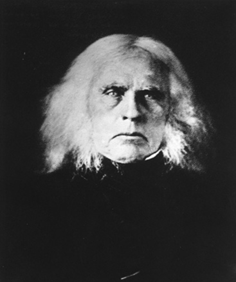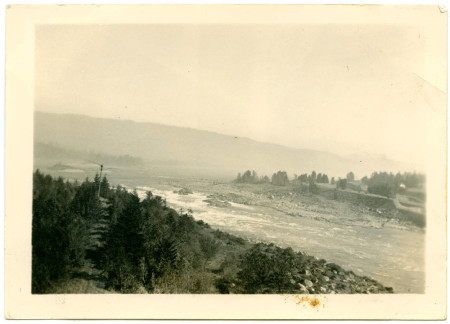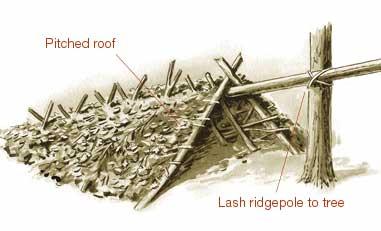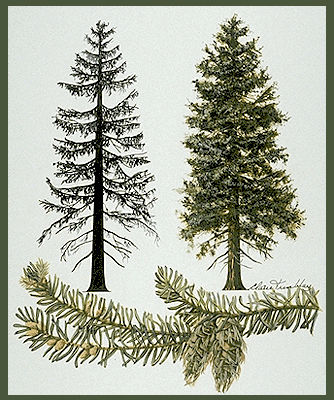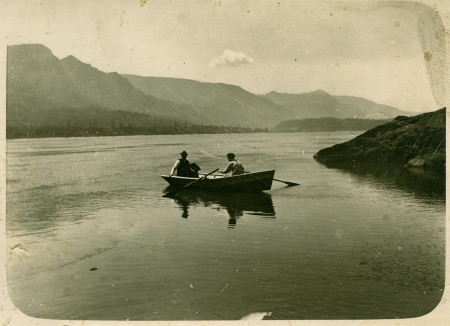In this rather gloomy tale with its grim ending, the culture hero Blue Jay meets his final end through his mincing, mischievous ways, in the land of the dead, – Ghost Town.
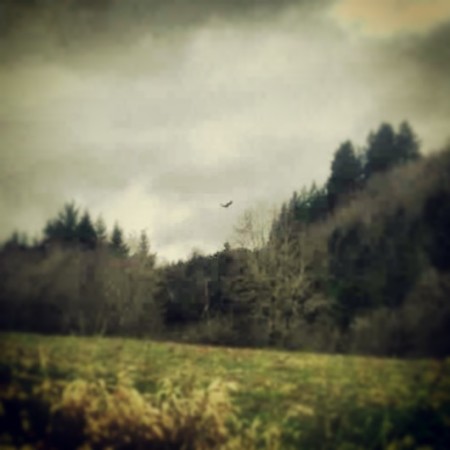
H a v e n | © 2014
One night the ghosts decided to go out and buy a wife. They chose a woman named Io’i, and gave her family dentalia as a dowry. They were married one night, and on the following morning Io’i disappeared. Now Io’i had a brother named Blue Jay. For a year he waited to hear from her, then said, “I’ll go search for her.” He asked all the trees, “Where do people go when they die?” they remained silent. He asked all the birds, but they did not tell him either. Then he asked an old wedge. It said, “Pay me and I’ll carry you there.” He did, and it took him to the ghosts. The wedge and Blue Jay arrived near a large town, where they saw no smoke rising from any of the houses except the last one, a great edifice. Blue Jay went into it and found his elder sister, who greeted him fondly. “Ah, my brother,” she said, “where have you come from? Have you died?” “Oh, no,” he said, “I am not dead at all. The wedge brought me here on his back.” Then he went out and opened the doors to all the other houses. They were full of bones. He noticed a skull and bones lying near his sister, and when he asked her what she was doing with them, she replied: “That’s your brother-in-law!” “Pshaw! Io’i is lying all the time,” he thought. “She says a skull is my brother-in-law!” But when it grew dark people arose from what had been just bones, and the house was suddenly full of activity. When Blue Jay asked his sister about all the people, she laughed and replied, “Do you think they are people? These are ghosts!” Even hearing this, though, he resumed staying with his sister. She said to him, “Do as they do and go fishing with your dip net.” “I think I will,” he replied. “Go with that boy,” she said, pointing to a figure. “He is one of your brother-in-law’s relations. But don’t speak to him; keep quiet.” These people always spoke in whispers, so that Blue Jay didn’t understand them. And so they started in their canoes. He and his guide caught up with a crowd of people who were going down the river, singing aloud as they paddled. When Blue Jay joined their song, they fell silent. Blue Jay looked back and saw that where the boy had been, there were now only bones in the stern of the canoe. They continued to go down the river, and Blue Jay kept quiet. Then he looked at the stern again, and the boy was sitting there. Blue Jay said in a low voice, “Where is your fish trap?” He spoke slowly, and the boy replied, “It’s down the river.” They paddled on. Then Blue Jay said in a loud voice, “Where is your trap?” This time he found only a skeleton in the stern. Blue Jay was again silent. He looked back, and the boy was sitting in the canoe.
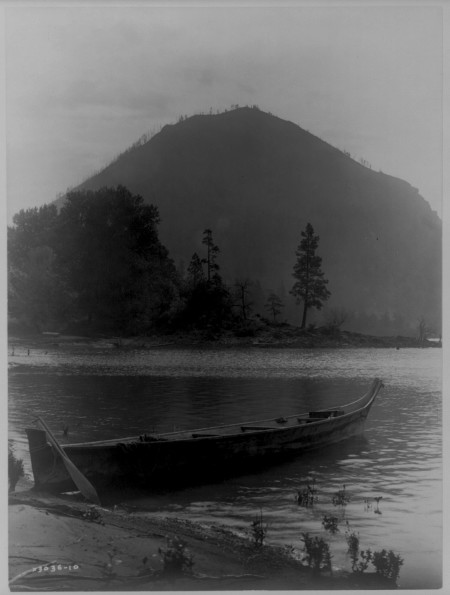
Auntie Virginia Miller’s Canoe. Edward S. Curtis
He lowered his voice and said, “Where is your trap?” “Here,” replied the boy. Now they fished with their dip nets. Blue Jay felt something in his net, and lifted it, and found only two branches. He turned his net and threw them into the water; it soon became full of leaves. He threw them back, but some fell into the canoe and the boy gathered them up. As they continued fishing, Blue Jay caught two more branches that he decided to take back to Io’i for making a fire. They arrived at home and went up to the house. Blue Jay was angry that he had not caught anything, but the boy brought up a mat full of trout, even though Blue Jay had not seen him catch a single one in his net. While the people were roasting them, the boy announced, “He threw most of the catch out of the canoe. Our canoe would have been full if he had not thrown so much away.” His sister said to Blue Jay: “Why did you throw away what you had caught?” “I threw away nothing but branches and leaves.” “That is our food,” she replied. “Did you think they were branches? The leaves were trout, and the branches were fall salmon.” He said, “Well, I brought you two branches to use for making a fire.” So his sister went down to the beach and found two fall salmon in the canoe. She carried them up to the house, and Blue jay said, “Where did you steal those salmon?” She replied, “That’s what you caught.” “Io’i is always lying,” Blue Jay said. The next day Blue Jay went to the beach. There lay the canoes of the ghosts, now full of holes and covered with moss. He went up to the house and said to his sister, “How bad your husband’s canoes are, Io’i!” “Oh, be quiet,” she said. “They’ll become tired of you.” “But the canoes of these people are full of holes!” Exasperated, his sister turned to him and said, “Are they people? Are they people? Don’t you understand? They are ghosts.”

Paul Kane drawing of one of my Watala/ Chinook ancestors.
When it grew dark again, Blue Jay and the boy made themselves ready to go fishing again. This time he teased the boy: as they made their way down the river, he would shout, and only bones would be there. When they began fishing, Blue Jay gathered in the branches and leaves instead of throwing them away. When the ebb tide set in, their canoe was full. On the way home, he teased all the other ghosts. As soon as they met one he would shout out loud, and only bones would lie in the other canoe. They arrived at home, and he presented his sister with armfuls of fall salmon and silver-side salmon. The next morning Blue Jay went into the town and waited for the dark, when the life came back. That evening he heard someone announce, “Ah, a whale has been found!” his sister gave him a knife and said, “Run! A whale has been found!” Anxious to gather meat, Blue Jay ran to the beach, but when he met one of the people and asked in a loud voice, “Where is the whale?” only a skeleton lay there. Then he came to a large log with thick bark. A crowd of people were peeling off the bark, and Blue Jay shouted to them so that only skeletons lay there. The bark was full of pitch. He peeled off two pieces and carried them home on his shoulder. He went home and threw the bark down outside the house. He said to his sister, ” I really thought it was a whale. Look here: it’s just bark from a fir.” His sister said, “It’s whale meat, it’s whale meat; did you think it’s just bark?” His sister went out and pointed to two cuts of whale meat lying on the ground. “It’s good whale, and it’s blubber is very thick.” Blue Jay stared down at the bark, astonished to find a dead whale lying there. Then he turned his back, and when he saw a person carrying a piece of bark on his back, he shouted and nothing but a skeleton lay there. He grabbed the bark and carried it home, then went back to catch more ghosts.
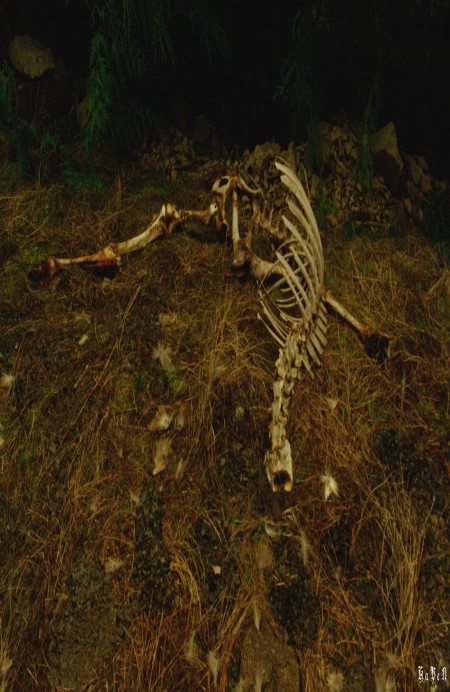
Elk | H a v e n ©2013
In the course of time he had many meals of whale meat. The next morning he entered a house and took a child’s skull, which he put on a large skeleton. And he took a large skull and put it on that child’s skeleton. He mixed up all the people like this, and when it grew dark the child rose to it’s feet. It wanted to sit up, but it fell down again because its head pulled it down. The old man arose. His head was too light! The next morning Blue Jay replaced the heads and switch around their legs instead. He gave small legs to an old man, and large legs to a child. Sometimes he exchanged a man’s and a woman’s legs. In course of time Blue Jay’s antics began to make him very unpopular. Io’i's husband said: “Tell him he must go home. He mistreats them, and these people don’t like him.” Io’i tried to stop her younger brother’s pranks, but he would pay no attention. On the next morning he awoke early and found Io’i holding a skull in her arms. He tossed it away and asked: “Why do you hold that skull, Io’i?” “Ah, you have broken your brother-in-law’s neck!” When it grew dark, his brother in law was gravely sick, but a shaman was able to make him well again. Finally Blue Jay decided it was time to go home. His sister gave him five buckets full of water and said: “Take care! When you come to burning prairies, save the water until you come to the fourth prairie. Then pour it out.” “All right,” replied Blue Jay. He started out and reached a prairie. It was hot. Red flowers bloomed on the prairie. He poured water on the prairie, using half of one of his buckets. He passed through a woods and reached another prairie, which was burning at its end. “This is what my sister told me about.” He poured the rest of the bucket out on the trail. He took another bucket and poured, and when it was half empty he reached the woods on the other side of the prairie. He came to still another prairie, the third one. One half of it was burning strongly. He took a bucket and emptied it. He took another bucket and emptied half of it. Then he reached the woods on the other side of the prairie. Now he had only two and a half buckets left. He came to another prairie which was almost totally on fire. He took the half bucket and emptied it. He took one more bucket, and when he arrived at the woods at the far side of the prairie, he had emptied it. Now only one bucket was left. He reached another prairie which was completely ablaze. He eked out the last drop of water. When he had gotten nearly across he had run out of water, so he took off his bearskin blanket and beat the fire. The whole bearskin blanket blazed up. Then his head and hair caught fire and soon Blue Jay himself was burned to death.
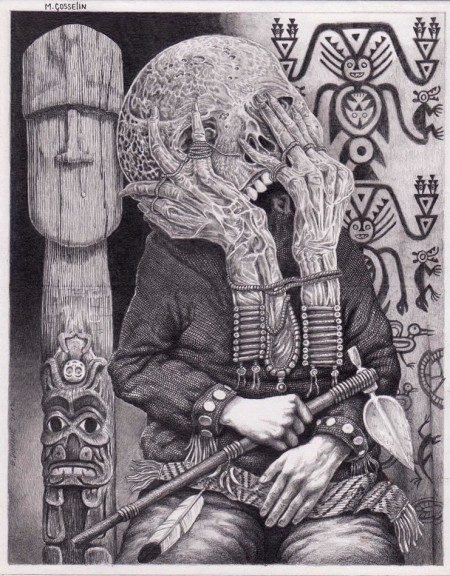
‘you put a spell on me. ‘exquisite corpse drawing by Bernard Dumaine & Marc Gosselin.
Now when it was just growing dark Blue Jay returned to his sister. “Kukukukukuku, Io’i,” he called. Mournfully his sister cried, “Ah, my brother is dead.” His trail led to the water on the other side of the river. She launched her canoe to fetch him. Io’i's canoe seemed beautiful to him. She said, “And you told me that my canoe was moss-grown!” “Ah, Io’i is always telling lies. The `other’ ones had holes and were moss grown, anyway.” “You are dead now, Blue Jay, so you see things differently.” But still he insisted, “Io’i is always telling lies.” Now she paddled her brother across to the other side. He saw the people. Some sang; some played dice with beaver teeth or with ten disks. The women played hoops. Farther along, Blue Jay heard people singing conjurers’ songs and saw them dancing, kumm, kumm, kumm, kumm. He tried to sing and shout, but they all laughed at him. Blue Jay entered his sister’s house and saw that his brother-in-law was a chief, and a handsome one. She said: “And you broke his neck!” “Io’i is always telling lies. Where did these canoes come from? They’re pretty.” “And you said they were all moss-grown!” “Io’i is always telling lies. The others all had holes. Parts of them were moss-grown.” “You are dead now, and you see things differently,” said his sister. “Io’i is always telling lies.” Blue Jay tried to shout at the people, but they laughed at him. Then he gave it up and became quiet. Later when his sister went to look for him, he was standing near the dancing conjurors. He wanted their powers, but they only laughed at him. He pestered them night after night, and after five nights he came back to his sister’s house. She saw him dancing on his head, his legs upward. She turned back and cried. Now he had really died. He had died a second time, made witless by the magicians.
Based on a tale reported by Franz Boas in 1894, and is now in the public domain.
